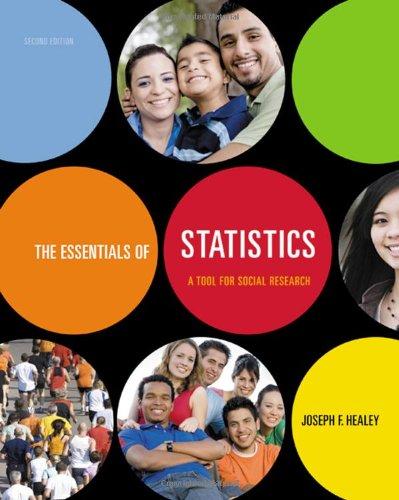SOC Data on civil strife (number of incidents), unemployment, and urbanization have been gathered for 10 nations.
Question:
SOC Data on civil strife (number of incidents), unemployment, and urbanization have been gathered for 10 nations. Take civil strife as the dependent variable. Compute the zero-order correlations among all three variables.
Number of Incidents of Civil Strife Unemployment Rate Percentage of Population Living in Urban Areas 05.3 60 11.0 65 52.7 55 72.8 68 103.0 69 232.5 70 256.0 45 265.2 40 307.8 75 539.2 80
a. Compute the partial correlation coeffi cient for the relationship between strife (Y ) and unemployment (X ) while controlling for the effect of urbanization (Z ). What effect does this have on the bivariate relationship? Is the relationship between strife and unemployment direct?
b. Compute the partial correlation coeffi cient for the relationship between strife (Y ) and urbanization (X ) while controlling for the effect of unemployment (Z ). What effect does this have on the bivariate relationship? Is the relationship between strife and urbanization direct? (HINT: You will need this partial correlation to compute the multiple correlation coeffi cient.)
c. Find the unstandardized multiple regression equation with unemployment (X1
) and urbanization (X2
) as the independent variables.
What level of strife would be expected in a nation in which the unemployment rate was 10% and 90% of the population lived in urban areas?
d. Compute beta-weights for each independent variable. Which has the stronger impact on turnout?
e. Compute the coeffi cient of multiple determination (R 2
). How much of the variance in strife is explained by the two independent variables?
f. Write a paragraph summarizing your conclusions about the relationships among these three variables.
Step by Step Answer:

The Essentials Of Statistics A Tool For Social Research
ISBN: 9780495601432
2nd Edition
Authors: Joseph F. Healey






